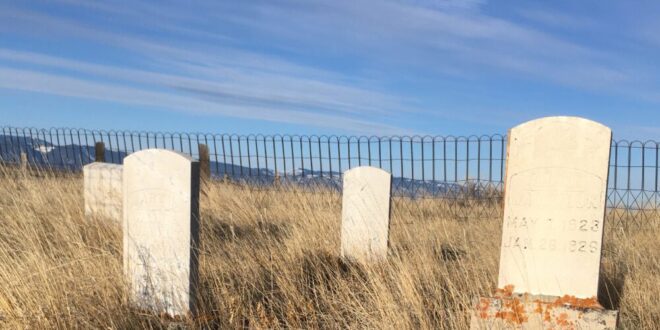The History of Monarch
Nestled along the Tongue River, the former community of Monarch played a significant role in Sheridan County’s coal mining boom. Founded in 1903 by Mr. Stotts and Mr. Edleman, the Monarch Mine became a vital part of the local economy. Later, L.H. Brooks, William C. Ervine, and J.B. Kendrick, who would go on to become a Wyoming U.S. senator and governor, consolidated the mine.
The Decline of Monarch
Despite its initial success, the mining industry in Monarch began to decline in the early 1920s. By the 1930s, only a small amount of coal was being extracted, primarily for local use. The town of Monarch was formally abandoned in 1953, leaving behind only a few remnants of its former glory, such as livestock structures, the town water tower, St. Thomas Catholic Church, and the mine foreman’s house.
Preserving Monarch’s History
To commemorate the legacy of Monarch and preserve its history, the SCLT History Program Manager Kevin Knapp will be presenting a program titled “What Remains of Monarch?” at The Hub on Smith on Jan. 14 from 10-11:30 a.m. and again at TRVCC in Dayton on Jan. 21 from 10:30 a.m. to 12. The program will focus on the research and preservation efforts of the historic Monarch Lutheran Cemetery and the recently removed historic Monarch Bridge.
Black Diamond Trail Driving Tour
Monarch, along with other nearby communities such as Dietz, Acme, Carneyville (later called Kleenburn), and Kooi, are part of the Black Diamond Trail Driving Tour. This tour offers visitors a chance to explore the rich history of the region and learn about the impact of coal mining on the area.
Join the SCLT Explore History Programs
The SCLT Explore History programs are free to attend and open to all. Whether you are a history enthusiast or simply curious about the past, these programs provide a unique opportunity to learn about the fascinating history of Monarch and the surrounding communities.
 Mind Uncharted Explore. Discover. Learn.
Mind Uncharted Explore. Discover. Learn.




